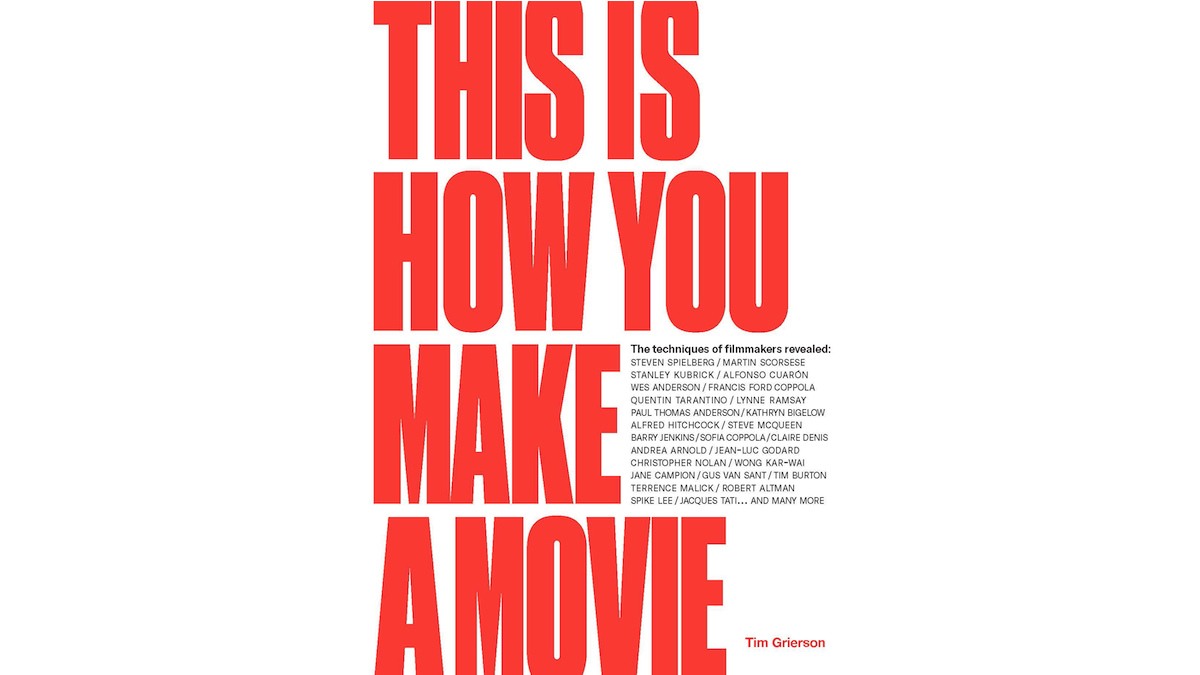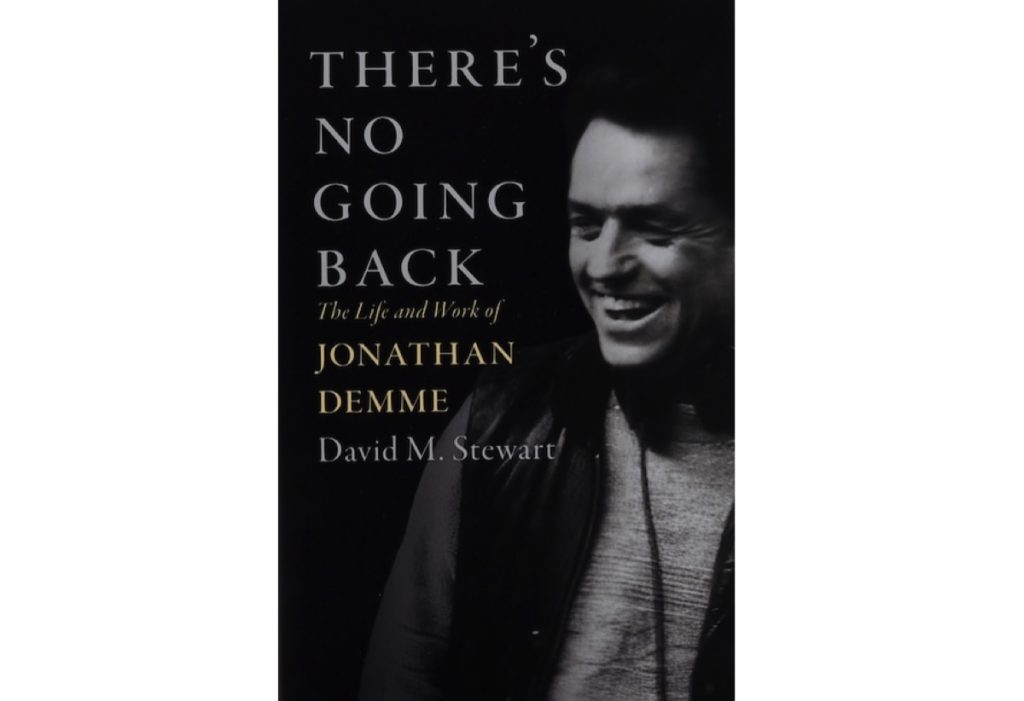In his new book This Is How You Make a Movie, film critic Tim Grierson (of Screen International, Paste, Vulture, MEL, and more) walks the reader – and viewer – through the grammar of filmmaking, from the basics to the footnotes, using examples from classic films and quotes from the men and women who made them. It’s a terrific volume, full of insight and information for both cinephiles and newbies, and we’re pleased to present this excerpt, in which Grierson breaks down one of the essential storytelling tools of cinema: the closeup.
Close-up
Focusing on the intimacy and emotion of the human face
“All right, Mr. DeMille, I’m ready for my close-up.” That line, spoken by the deluded actress Norma Desmond (Gloria Swanson) near the end of Sunset Boulevard, is probably what most moviegoers think of when discussing the filmmaking technique of placing the camera close to an actor’s face. A close-up allows a character to dominate the frame, giving us an intimate view of her expression and, in theory, a window into what she’s thinking and feeling. It can be a sort of cinematic punctuation, the shot’s immediacy serving as a startling contrast to the shots that came before. It can also strip an actor bare, exposing her to the audience with an emotional nakedness that can be powerful or uncomfortable. We’re drawn in by a close-up – we cannot look away.
On a technical level, a close-up (as its name implies) is a shot that captures an image up close. Inanimate objects get close-ups as well if they have a metaphorical or narrative importance – think of the snow globe in Charles Foster Kane’s hand in Citizen Kane – but for our purposes, we’ll focus on the human face.

Emotion
Persona, 1966
Director: Ingmar Bergman; cinematography: Sven Nykvist; actor: Liv Ullmann
“The close-up, the correctly illuminated, directed and acted close-up of an actor, is and remains the height of cinematography,” visionary Swedish auteur Ingmar Bergman once said. “There is nothing better. That incredibly strange and mysterious contact you can suddenly experience with another soul through an actor’s gaze. A sudden thought, blood that drains away or blood that pumps into the face, the trembling nostrils, the suddenly shiny complexion or mute silence, that is to me some of the most incredible and fascinating moments you will ever experience.”
It’s little surprise that Bergman felt so passionately about the close-up. A chronicler of the human soul, the filmmaker spent his career excavating the psychic trauma lurking within his tormented characters. By placing the camera close to his actors’ faces, he created an emotional landscape for us to study, and he elicited performances that were remarkably open.
In Persona, Bibi Andersson plays Alma, a nurse assigned to care for Elisabet (Liv Ullmann), an acclaimed actress who seems to have had a breakdown – without warning, she’s stopped speaking. The two women spend some time together in a house away from the city so that Elisabet can recuperate, only to discover that their personalities are starting to merge.
Bergman makes extensive use of close-ups in Persona as he leaves us feeling uneasy about this difficult relationship between caregiver and performer. Staring intently at Andersson’s and Ullmann’s faces, his camera hints at their troubled interior lives. In Bergman’s hands, the technique probes the minute facets of the human experience, underlining every sliver of anguish and apprehension in real time.

Starkness
The Passion of Joan of Arc, 1928
Director: Carl Theodor Dreyer; cinematography: Rudolph Maté; actor: Maria Falconetti
In Sunset Boulevard, Norma Desmond, who was a star during the silent era, laments this new age of talkies. “We didn’t need dialogue,” she sniffs. “We had faces!” A landmark silent film, The Passion of Joan of Arc, illustrates what Desmond meant.
The film chronicles Joan’s (Maria Falconetti) final moments as she is tried for heresy, convicted and executed. Director Carl Theodor Dreyer aimed for utter realism in this story of the fifteenth-century martyr, drawing on extensive research to craft this portrait, and he relied on intense close-ups to make the audience feel that they were as close to the drama as possible.
The effect is devastating: In The Passion of Joan of Arc, there is no escape for the viewer, who experiences Joan’s ordeal right alongside her. Falconetti’s emotive face says more than dialogue ever could.

Romance
If Beale Street Could Talk, 2018
Director: Barry Jenkins; cinematography: James Laxton; actors: KiKi Layne, Stephan James
“It’s important for the audience to have a direct connection to the character,” director Barry Jenkins said in 2018, “and when an actor’s performing, there’s always some degree of distance. If the performance goes away, and there’s this perfect fusion between actor and character, then I want the audience to look right into that person’s eyes.”
For his adaptation of the James Baldwin novel, Jenkins incorporated close-ups of his leads, KiKi Layne and Stephan James, who play young lovers who, occasionally, look directly at the camera. If Beale Street Could Talk is a film about the beauty and warmth of true love, and close-ups allow us to feel embedded in the characters’ passion. It’s an intimacy that’s vulnerable but also intensely moving.
“I think when you think of chemistry, you think, ‘Oh, those two actors just want to tear each other’s clothes off,’” Jenkins said in the same interview. “And that’s not what I’m speaking of when I speak of chemistry. I’m talking about two people who feel legitimately connected, whose viewpoints and thoughts dovetail.” He achieves that effortlessly by drawing us close to these lovers.
Excerpted from This is How You Make a Movie by Tim Grierson Copyright © 2021 by Tim Grierson. Excerpted by permission of Laurence King Publishing Ltd. All rights reserved. No part of this excerpt may be reproduced or reprinted without permission in writing from the publisher.



